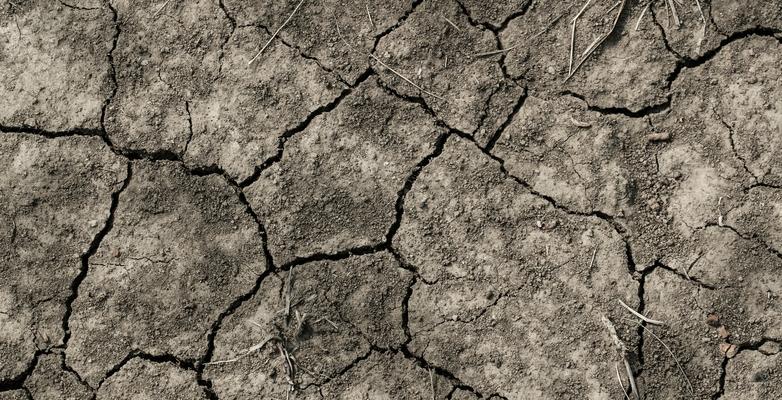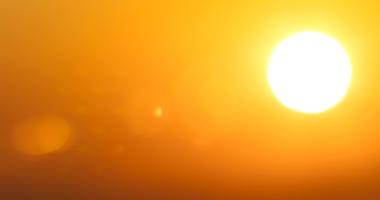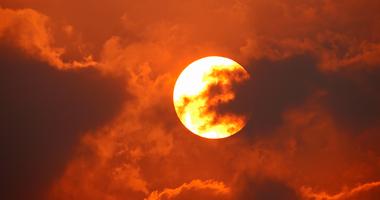
The Rise in Unnatural Disasters: Drought
4 min read
Carbon pollution from burning fossil fuels like coal, oil, and natural gas is warming our planet and driving a climate crisis. It’s throwing natural systems out of balance – to often devastating effect.
What does that mean for us? Events like torrential rains, floods, heat waves, and hurricanes are becoming more frequent and intense.
One climate impact we are seeing more and more of – and which has dire implications on everything from how we grow food to the water flowing out of our faucets – is drought.
In recent months, the eastern seaboard, Mid-Atlantic, and Ohio River Valley in the US all experienced periods of moderate drought as higher-than-average temperatures and little rainfall became the prevailing weather pattern of the early summer.
Right now, the Amazon Basin in Brazil is experiencing “one of the most severe droughts in recent years,” with water levels at their lowest points on record at just the start of the dry season.
In Sicily, the Italian government has declared a state of emergency after months of high temperatures and well below average rainfall have devastated crops and largely dried up the island’s only natural lake.
And this is just the beginning.
Climate change is intensifying the frequency and severity of droughts around the world. And one thing is abundantly clear: warming temperatures are likely to continue to create drier conditions – unless we act now to stem the tide.
Why Is This Happening?
At the same time that some areas are experiencing more intense precipitation, others are experiencing more drying and even drought. Why?
Increased Evaporation: Warmer temperatures, one of the hallmarks of the climate crisis, lead to higher rates of evaporation from all over. This means that more water is lost from soil, rivers, lakes, and even plants. This accelerated evaporation depletes water resources faster, making drought conditions more likely and often more prolonged.
Altered Precipitation Patterns: The climate crisis is disrupting long-term rainfall patterns. While some regions may experience increased precipitation, others face significant reductions. These shifts in precipitation create imbalances in the water cycle, leading to more frequent and severe droughts in some areas.
Additionally, even when precipitation does occur, it often comes in intense bursts rather than slow, steady rainfall. When this heavy precipitation hits drought-hardened soil, it can lead to extreme runoff and erosion, ultimately reducing the amount of water that the soil actually absorbs.
Soil Moisture Decline: The warmer temperatures and altered precipitation patterns mentioned above contribute to declining soil moisture levels. Dry soils have a reduced capacity to absorb and retain water, further intensifying drought conditions. It’s a vicious cycle – or really, something of a feedback loop – as drier soils lead to increased evaporation and on and on, further drying out the land.
Reduced Snowpack: In many regions, snowpack is a crucial water resource, acting as a natural reservoir that gradually melts and feeds rivers and streams during the warmer months. But climate change is causing earlier snowmelt and reduced snowpack in many places, leading to decreased water availability during critical periods like the dead of summer.
This phenomenon is particularly problematic in areas reliant on snowmelt for agriculture, drinking water, and energy production.
A major drought can have serious consequences for people’s livelihoods, affecting everything from agriculture and transportation to public health. And of course, all of this has some major implications for food security and supplies of drinkable water.
Drought stress weakens plants, making them more susceptible to pests, diseases, and wildfires. These factors can further degrade vegetation cover, leading to soil erosion and a decline in overall ecosystem health. This loss of vegetation exacerbates drought conditions by reducing the land's ability to retain moisture.
Again, this exists on something of a feedback loop – as more and more plants die because of drought, the drought itself can get worse, prolonging the dry period and killing even more plant life.
At the same time, agriculture is highly dependent on reliable water supplies.
Drought conditions pose significant challenges to farmers, leading to crop failures, livestock losses, and economic hardship. As droughts become more frequent and severe, the global food supply becomes increasingly vulnerable to disruptions.
What You Can Do
The combination of drought with other climate-related hazards, such as heat waves and wildfires, can create cascading impacts that amplify the overall risk from each individual impact.
Addressing the challenges posed by drought requires a multifaceted approach, including investments in water conservation, improved irrigation technologies, early warning systems, and of course, climate change mitigation – including moving away from the fossil fuel systems that got us here and investing in more clean energies.
What can you do today to get involved in the fight for a fossil fuel-free future?




